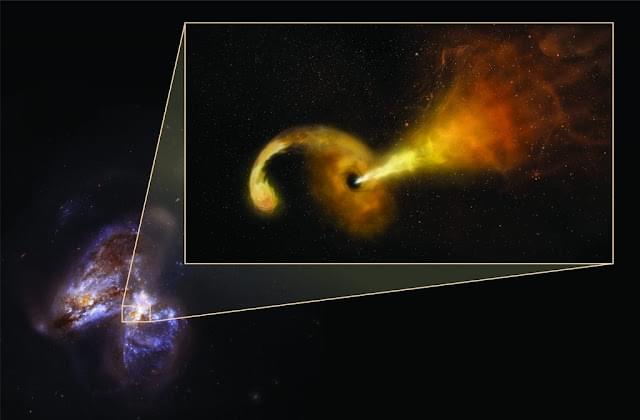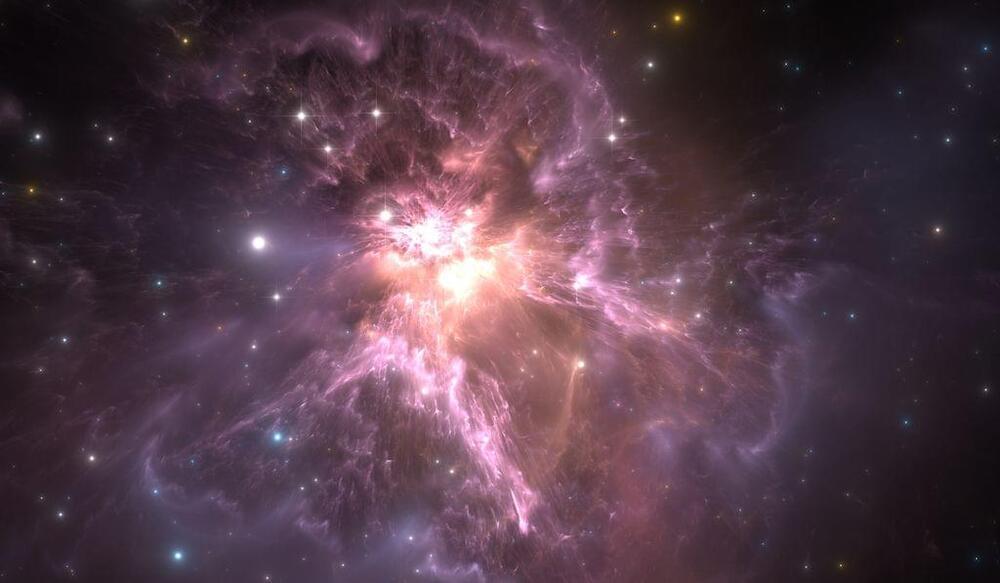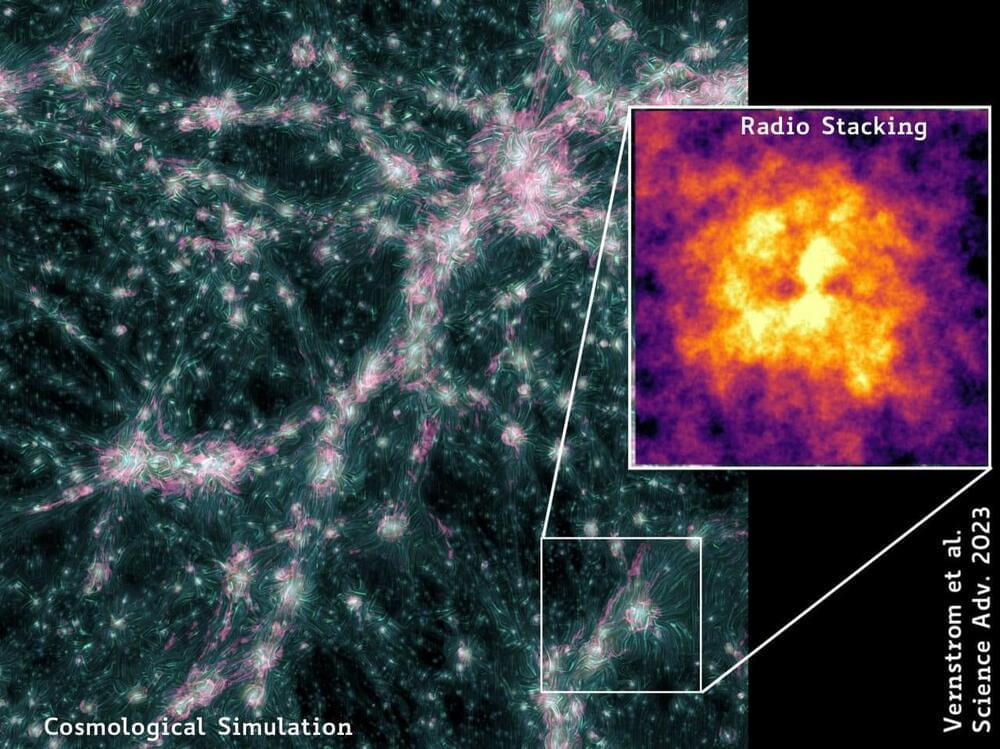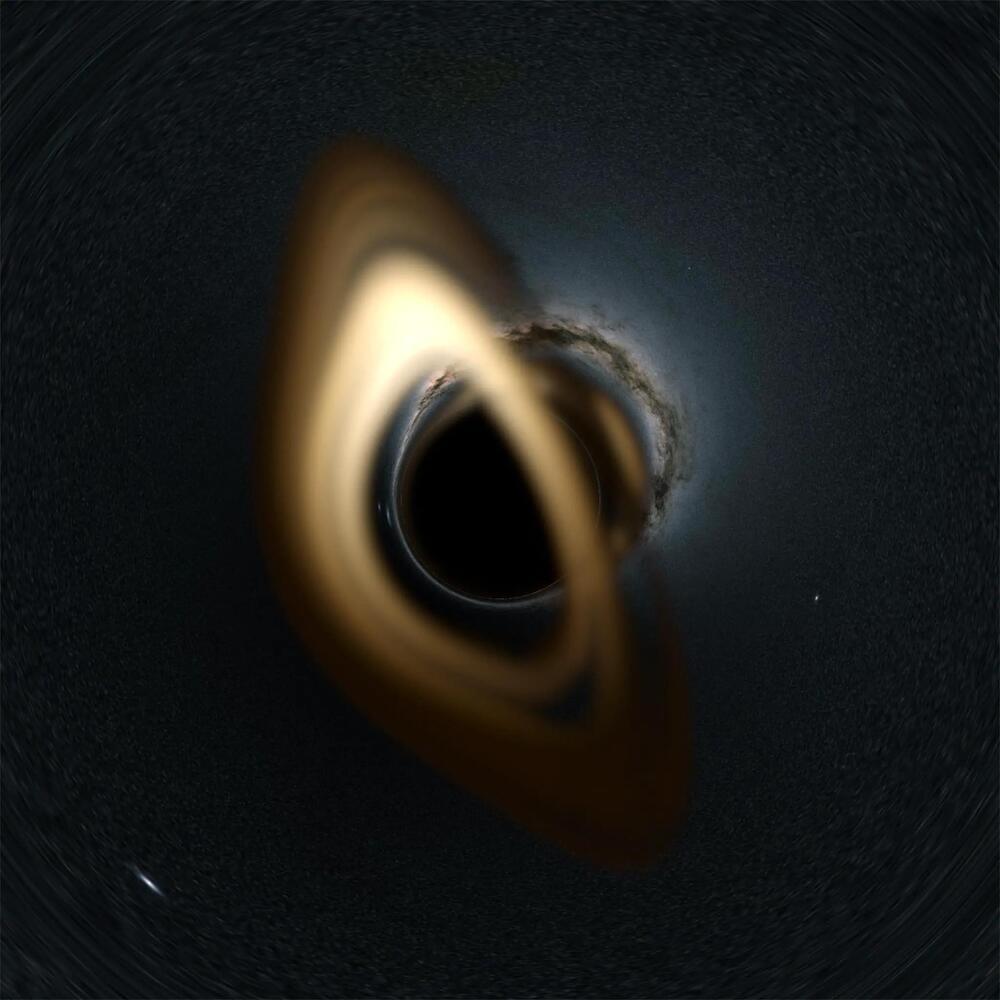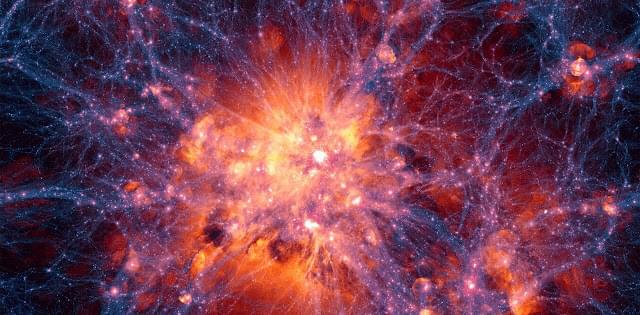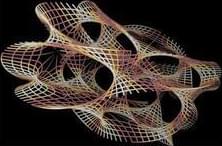
Throughout billions of years, galaxies expand and evolve through the appropriately titled “galactic immigration” events, which involve the formation of new stars and mergers with other galaxies. Scientists examine the movements of individual stars within a galaxy and its wide halo of stars and dark matter to learn more about the histories of these immigration episodes. But until now, such cosmic archaeology has only been possible in our galaxy, the Milky Way.
An international team of researchers has uncovered striking new evidence of a large galactic immigration event in the Andromeda Galaxy. Star motions exhibit complex patterns indicating migratory history similar to the Milky Way. The new findings were attained using Nicholas U.’s Dark Energy Spectroscopic Instrument, which the DOE operates.
A team of astronomers studied the motions of nearly 7,500 stars in the inner halo of the Andromeda Galaxy, also known as Messier 31 (M31). They found patterns in their positions and motions that indicated how these stars originated as a part of an earlier galaxy that joined M31 about 2 billion years ago. Although such patterns have long been anticipated by theory, they have never been observed in a galaxy with such clarity.
